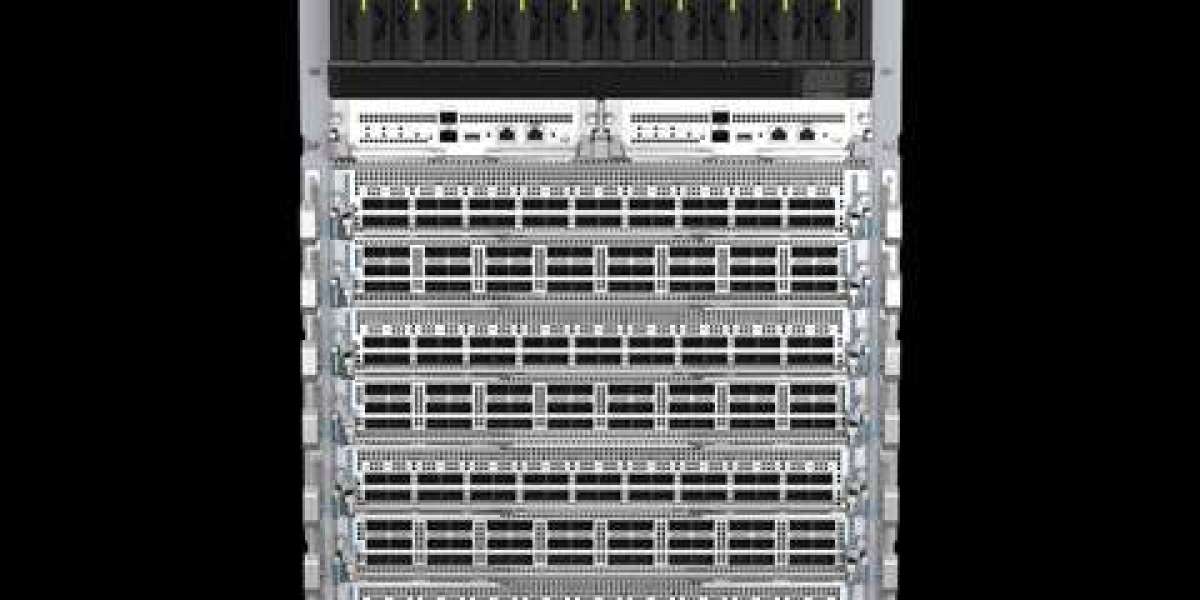What are data center-class switches?
Before making the decision to purchase switches for your data center, first be sure what your network needs and where. Network switches fall into four basic categories: those that fit into the classic three-tier enterprise network model, and newer data center switches currently used mainly by large enterprises and cloud providers that rely heavily on virtualization. These newer switches have density and performance characteristics that can be deployed throughout the data center or to anchor a two-tier (leaf-spine) or one-tier flat mesh or fabric architecture.
All switches have basic functionality that includes maintaining a media access control (MAC) address-to-port table, which is used to intelligently forward frames out the right ports to the intended destinations. All switches also use standards-based protocols to segment traffic using the concept of virtual local area networks, 802.1q trunks and 802.3ad port aggregation. They also prevent network loops using one of the many variants of the 802.1d spanning-tree protocol. But if you look beneath the surface, you find different types of switches have unique characteristics that, when used properly, better optimize the network as a whole.
The three-tiered design connects devices and layers across an enterprise infrastructure with high scalability. Up until a few years ago, only access switches were used to connect servers to the rest of the network using the same 1 Gigabit Ethernet (GbE) ports that desktop computers or networked printers use. Over time, however, changes in data-center server architecture -- paced by developments such as storage area networks (SANs) and the continued growth of virtualization -- ushered in a new breed of high-performance switches that we will refer to as data center switches.
These switches provide the physical port capacity and port throughput required to handle both north-south and east-west traffic flows. They allow for connectivity using both standard LAN Ethernet protocol and SAN protocols, such as Fibre Channel over Ethernet and legacy Fibre Channel. Data center switches have more extensive high availability and fault tolerance systems built into the hardware and software for better uptime for mission-critical applications. And they provide significantly higher deployment flexibility with both top-of-rack and end-of-row configuration compatibility. Finally, all components of a distributed data center switches can be managed from a single management interface for ease of use.







